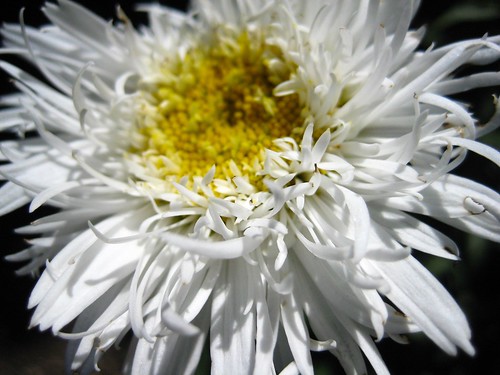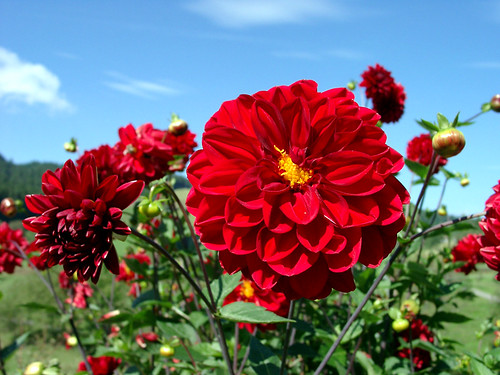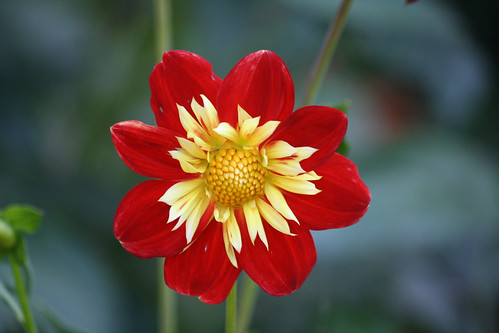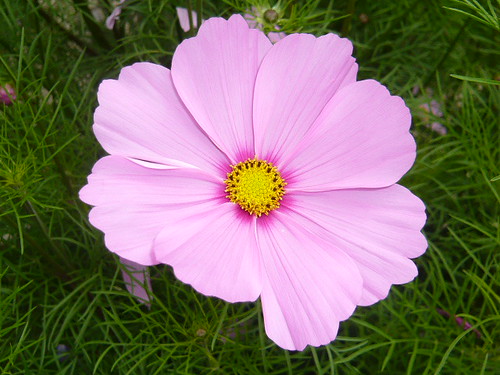Growing Butternut Squash
Butternut squash are delicious, prolific and easy to grow. They like to ramble and scramble, pinch out when the lead shoot is 3 feet long to encourage fruiting. Each plant can produce 4-8 fruit each weighing over 2 pounds. Butternut Squash has a sweet, nutty taste that is similar to pumpkin. It has yellow skin and orange fleshy pulp. When ripe, it turns increasingly deep orange, and becomes sweeter and richer.
I am going to try again this year as I have never been successful with this crop. I will content my self with 2-3 fruit per plant and will pollinate by hand.
- Grow from seed when the risk of frost has gone and plant out 3 foot apart.
- During the growing season it is vital to ensure that the plant never dries out to stop fruit being shed.
- Deep beds with a mulch of rotted horse manure and a weekly feed with Miracle-gro or Phostrogen will help crop size.
- Keep stalks/stems dry to avoid rotting.
Harvesting and Storing
When the fruit is ripe the texture of the skin becomes firm, golden in colour and will easily resist the pressure of your thumb nail. Like a melon, it “rings” when given a good rap.
Storage as for all vegetables of this type is in a clean, cool, dry place. I have seen them stored in a loft space on top of fiber glass insulation.
If picked in late September they can last until April the following year.
Winter Barbara Butternut F1Â Seeds by Thompson Morgan
Waltham Dutchy Originals Seeds by Thompson Morgan
More Cultivation Instructions

































